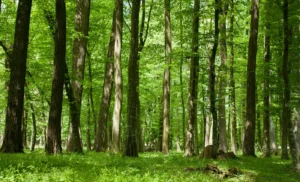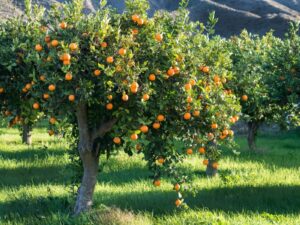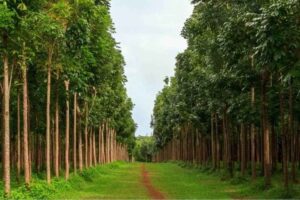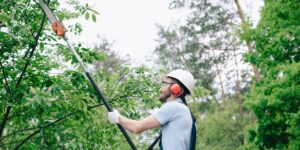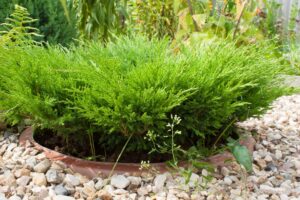How to Keep Your Christmas Tree Fresh All Season Long
The holiday season brings with it the cherished tradition of selecting and decorating the perfect Christmas tree. Whether you prefer a noble fir, blue spruce, or balsam, keeping your tree looking vibrant and fresh throughout the entire holiday season can be challenging. This comprehensive guide provides you with essential tips and techniques to extend the life of your Christmas tree, reduce needle drop, and maintain that wonderful evergreen scent in your home from Thanksgiving to New Year’s.
Why Fresh Trees Matter
A fresh Christmas tree not only looks better but is also safer. Dry trees pose a significant fire hazard in homes. According to the U.S. Consumer Product Safety Commission, Christmas tree fires cause an average of $10 million in property damage annually and can lead to serious injuries or even fatalities (CPSC.gov).
Additionally, a well-maintained tree will:
- Retain its needles longer, reducing cleanup
- Maintain its natural fragrance throughout the season
- Keep its vibrant color and appearance
- Better support your cherished ornaments
- Create a healthier indoor environment
Selecting the Perfect Tree
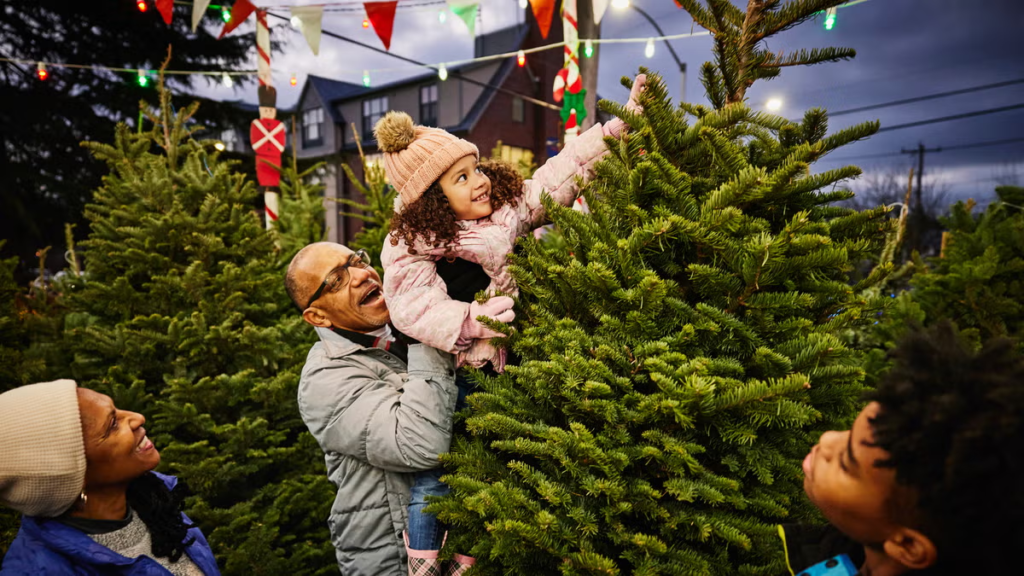
Choosing the Right Species
Not all Christmas tree varieties offer the same longevity. Some species naturally retain their needles and freshness longer than others.
| Tree Species | Needle Retention | Fragrance | Branch Strength | Average Lifespan (properly maintained) |
|---|---|---|---|---|
| Fraser Fir | Excellent | Strong | Very Good | 4-6 weeks |
| Noble Fir | Excellent | Moderate | Excellent | 5-6 weeks |
| Douglas Fir | Good | Strong | Good | 3-4 weeks |
| Balsam Fir | Good | Very Strong | Good | 3-4 weeks |
| Blue Spruce | Fair | Light | Excellent | 2-3 weeks |
| Scotch Pine | Very Good | Light | Good | 3-5 weeks |
| Eastern White Pine | Good | Minimal | Fair | 3-4 weeks |
| Virginia Pine | Good | Moderate | Good | 3-4 weeks |
Testing for Freshness
Before purchasing your tree, conduct these simple freshness tests:
- Needle test: Gently grasp a branch and pull your hand toward you. Fresh trees should retain their needles when you do this.
- Bounce test: Lift the tree a few inches off the ground and drop it on its stump. A fresh tree will drop very few needles, while a dry tree will shed significantly.
- Bend test: Take a needle and bend it between your fingers. Fresh needles should bend, not break.
- Color check: Look for a vibrant green color throughout the tree, avoiding trees with browning needles or faded appearance.
Preparing Your Tree for Indoor Display
The Essential First Cut
Once you’ve selected your perfect tree, proper preparation is crucial:
- Make a fresh cut: Before setting up your tree, cut approximately 1/2 inch off the base of the trunk. This removes the dried-over sap seal that formed after the initial harvest cut and allows the tree to absorb water more effectively.
- Timing matters: Ideally, set up your tree within 12 hours of making this fresh cut. If more time passes, you should make another fresh cut before placing it in water.
The USDA National Christmas Tree Association recommends that “the tree should be placed in water as soon as possible after the trunk is cut. If the tree is not going to be set up right away, it should be stored in a bucket of water in a cool location out of the sun and wind.” (USDA Christmas Tree Care)
Avoid Common Setup Mistakes
- Never drill holes in the base of the trunk—this doesn’t improve water uptake and may reduce it.
- Don’t whittle down the sides of the trunk to fit your stand—the outer layers absorb water best.
- Skip the additives like aspirin, soda, or commercial products—plain water works best according to scientific studies.
Daily Maintenance for Maximum Freshness
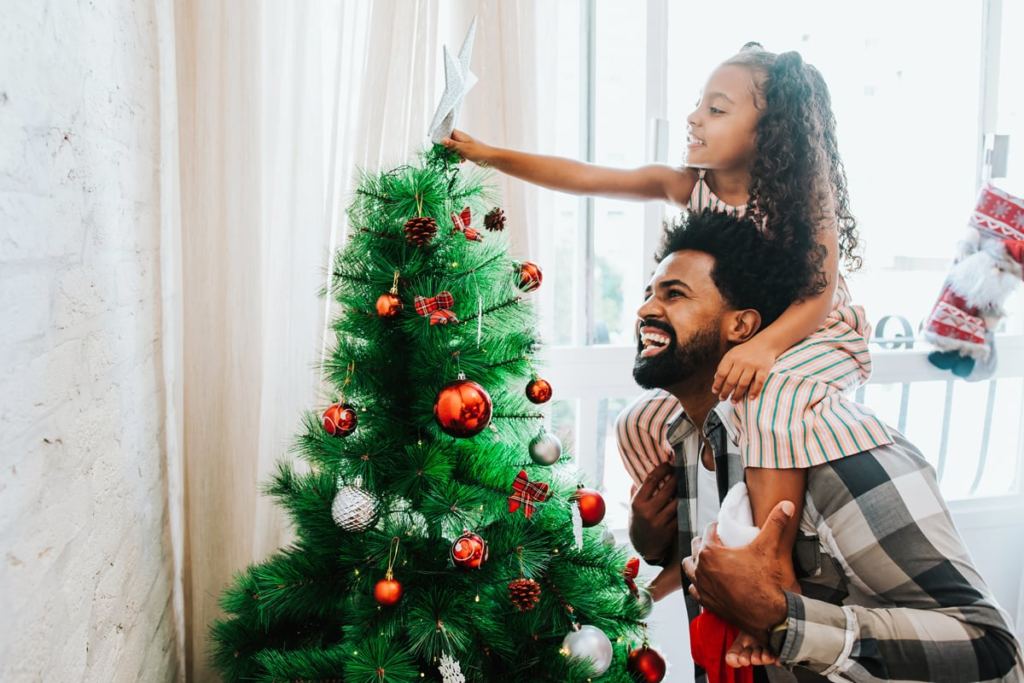
Water, Water, Water
The single most important factor in maintaining tree freshness is consistent watering:
- Check water levels daily: Trees can drink a surprising amount of water, especially in the first week.
- Never let it dry out: A tree can form a new sap seal within 4-6 hours of the water level dropping below the cut end, significantly reducing future water uptake.
- Water capacity: Your tree stand should hold at least one gallon of water. A typical 6-foot tree may consume up to a quart of water per day, with larger trees potentially using a gallon or more.
Temperature and Placement Considerations
Where you place your tree significantly impacts its longevity:
- Keep away from heat sources: Position your tree away from fireplaces, heat vents, direct sunlight, and radiators. Heat accelerates drying.
- Lower the temperature: If possible, lower the room temperature where your tree is displayed, especially when you’re not home.
- Consider a humidifier: Running a humidifier near your tree can help maintain needle moisture.
- Use LED lights: These generate less heat than traditional bulbs, reducing needle drying.
According to the National Fire Protection Association, keeping trees hydrated and away from heat sources is critical for fire safety (NFPA.org).
Advanced Tree-Preserving Techniques
Anti-Transpirant Sprays
Consider using an anti-transpirant spray (sometimes called anti-desiccant) on your tree:
- These products create a protective coating that helps needles retain moisture
- Apply before bringing the tree indoors
- Follow product instructions carefully for best results
- Note that these work better on some species than others
Tree Skirt Strategy
Your tree skirt can serve a practical purpose beyond decoration:
- Use a light-colored tree skirt to reflect heat away from the tree base
- Choose moisture-resistant materials to protect floors if water spills
- Consider a double-layer skirt with plastic underneath for extra protection
Nighttime Care
Extend your tree’s life with these nighttime practices:
- Turn off tree lights when not in use, especially overnight
- If you’re using a timer, limit light-on periods to 6-8 hours maximum
- Consider closing heating vents near the tree during nighttime hours
Troubleshooting Common Tree Issues
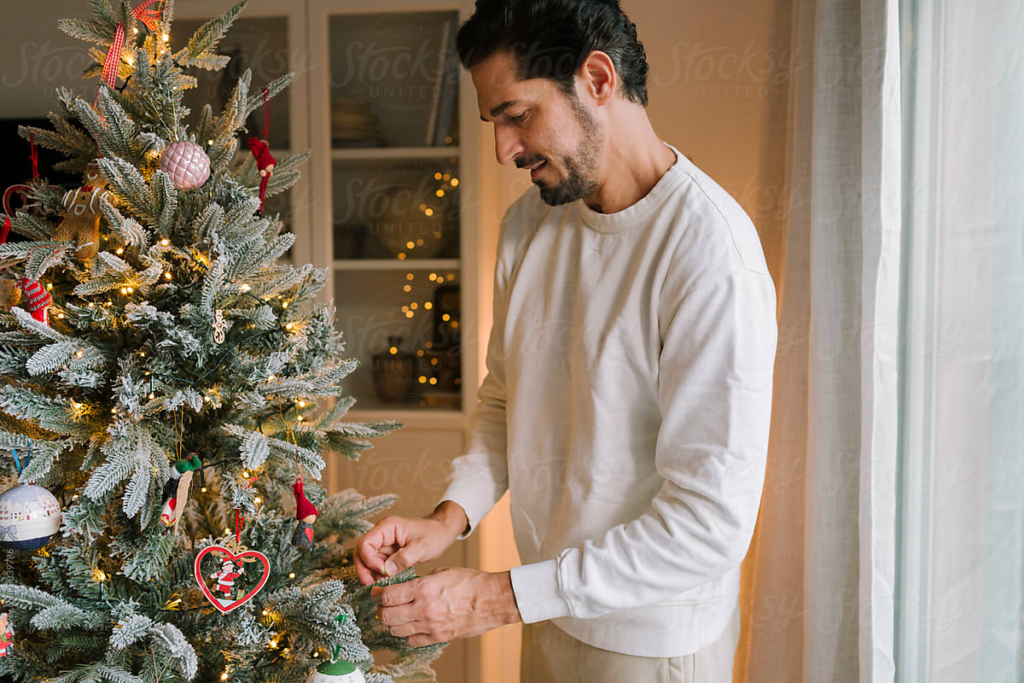
Excessive Needle Drop
If you notice significant needle shedding:
- Check water levels immediately – the reservoir may be dry
- Verify your tree isn’t near a heat source
- Consider room humidity levels – dry air accelerates needle loss
- Some initial needle drop of interior brown needles is normal
Fading Tree Color
To address a tree losing its vibrant green color:
- Ensure consistent watering
- Move the tree from southern exposure windows
- Check for drafts from nearby doors or windows
- Consider misting the tree with plain water in the morning
Drooping Branches
If branches begin to sag:
- Check overall tree hydration
- Temporarily remove heavier ornaments
- Avoid placing the tree in direct sunlight
- Verify the tree is securely mounted in the stand
Post-Holiday Tree Recycling
When the season ends, recycle your tree responsibly:
- Remove all decorations, tinsel, and lights
- Check with your local municipality about curbside pickup programs
- Many communities offer free mulching services
- Consider repurposing branches for garden mulch or wildlife shelter
The U.S. Environmental Protection Agency offers guidance on sustainable disposal options for natural Christmas trees (EPA.gov).
Conclusion
With proper selection, setup, and maintenance, your Christmas tree can remain a beautiful, fragrant centerpiece throughout the entire holiday season. The key factors are choosing a fresh tree to begin with, making a fresh cut before setup, providing consistent water, and keeping the tree away from heat sources. These simple practices ensure your home stays festive and your tree remains a source of holiday joy rather than falling needles.
By following the guidance in this article, you can enjoy a safer, more beautiful tree that maintains its charm from the moment you bring it home until you’re ready to take it down after the holidays.
Remember, the effort you invest in tree care directly impacts how long your tree will stay fresh and beautiful—giving you and your family more time to enjoy the centerpiece of your holiday decorations.

